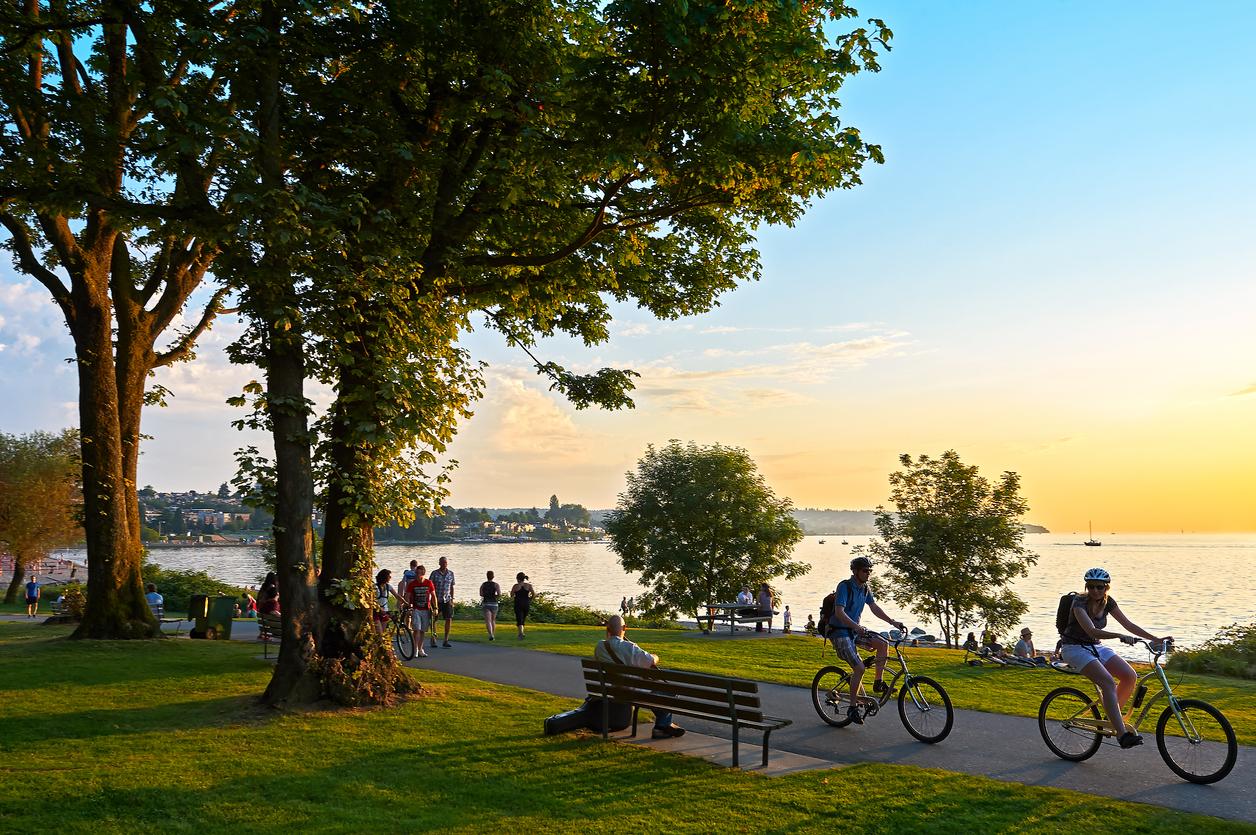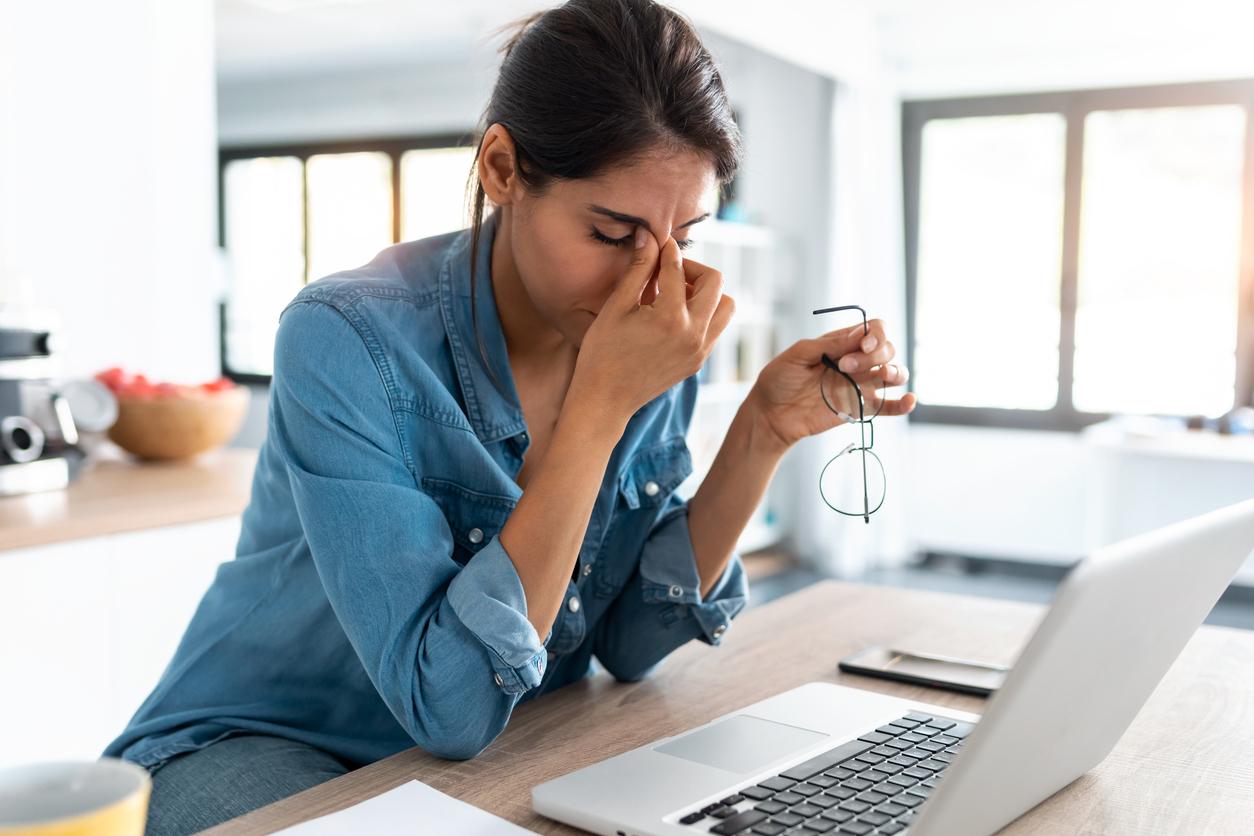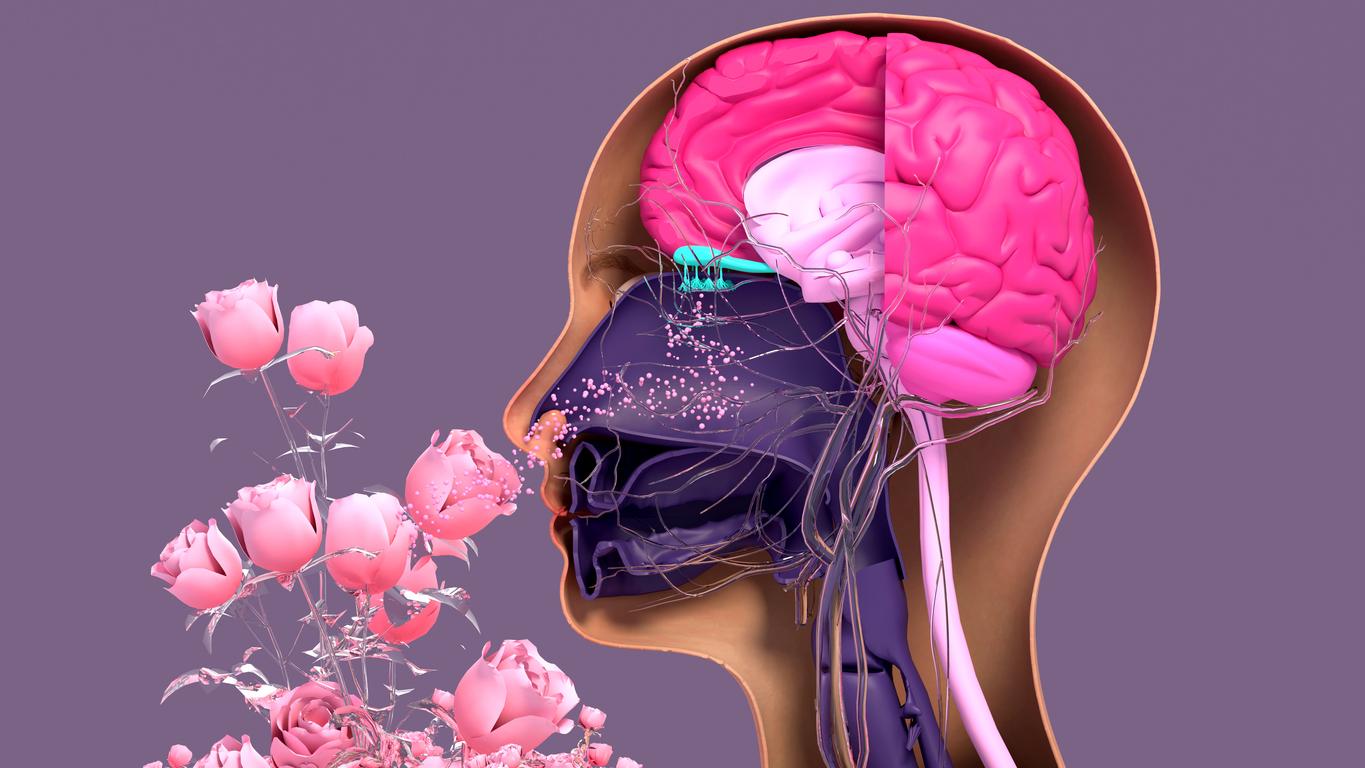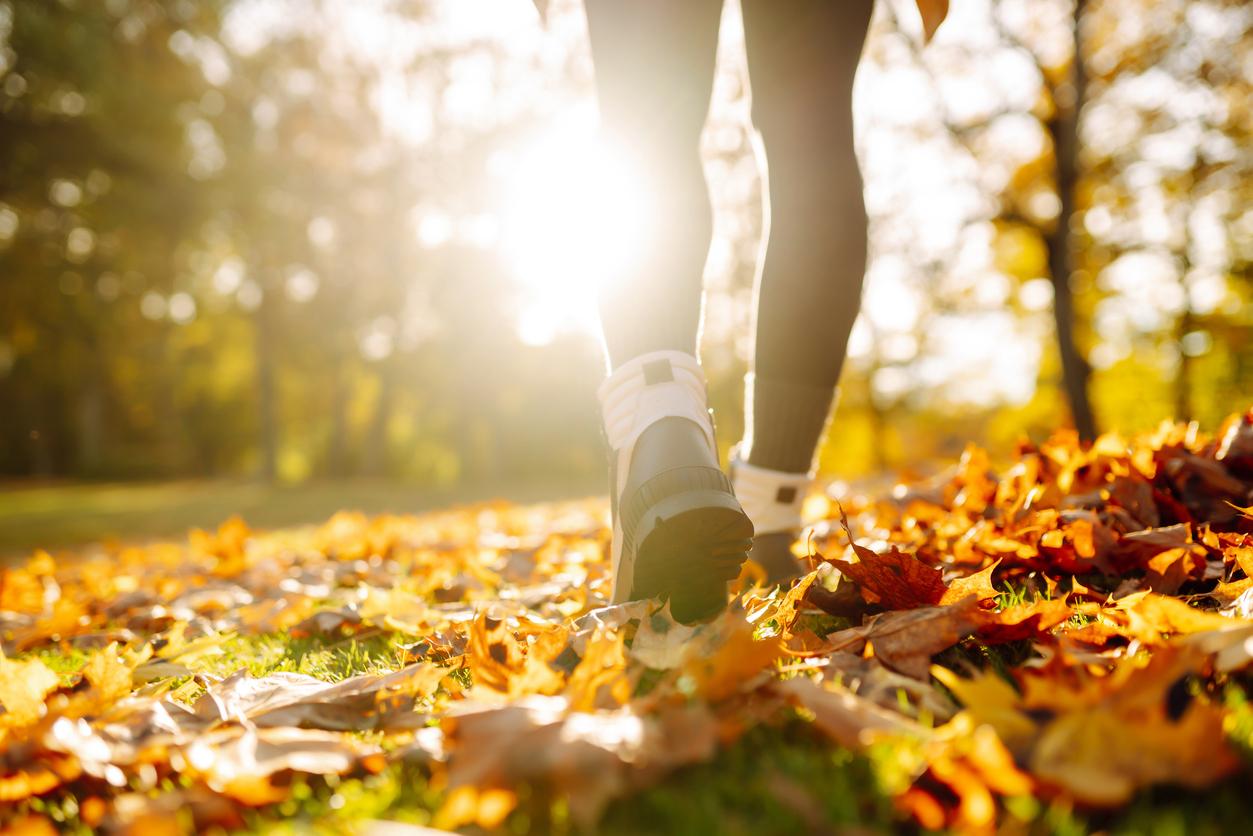Living near green spaces is associated with better mental health and less medication use. However, to benefit from the benefits of nature, you must have an environment that meets the 3-30-300 rule. What does this consist of ?

- Living in a neighborhood that meets the 3-30-300 rule protects mental health.
- Having easy access to a green space reduces drug consumption.
The benefits of nature on health are well established. Previous research has shown that people living in contact with it have, for example, a longer life expectancy, fewer mental health problems or even better cognitive functioning. However, scientists had not yet identified the exact amount of green space needed to stay in good shape. Thanks to the study conducted by the Barcelona Institute for Global Health (ISGlobal), we now know: you have to live in a neighborhood that meets the 3-30-300 rule.
Nature: what is the 3-30-300 rule?
The 3-30-300 green space rule, developed by urban vegetation expert Cecil Konijnendijk, is quite simple. To answer this, you must:
- see at least three trees from home;
- live in a neighborhood with 30% tree cover;
- not live more than 300 meters from a park or forest.
Of the 3,145 Barcelona residents aged 15 to 97 interviewed for the Spanish study, 18% said they had poor mental health and 8.3% had consulted a psychologist in the previous year. Additionally, 9.4% of volunteers reported using tranquilizers or sedatives and 8.1% had taken antidepressants in the previous two days.
But the researchers especially noticed that people living in zones 3-30-300 had better mental health. They also took less pills. Moreover, these participants consulted psychologists less than those living in highly urbanized neighborhoods.
Greener cities to improve mental well-being
If green spaces are beneficial for mental health, they are few in many cities. For Barcelona, the work shows that only 4.7% of the population surveyed met the three criteria of the 3-30-300 green space rule.
Mark Nieuwenhuijsen of ISGlobal, lead author of the article that appeared in the latest issue ofEnvironmental Researchvalued : “There is an urgent need to provide more green spaces for citizens. We may need to tear up the asphalt and plant more trees. This would not only improve health, but also reduce the island effects of heat and contribute to carbon capture.” He then added: “Any initiative that leads to a greener city will be a step forward, the key message is that we need more and faster greening.”

















